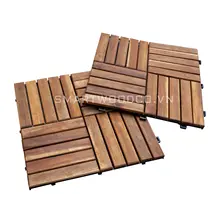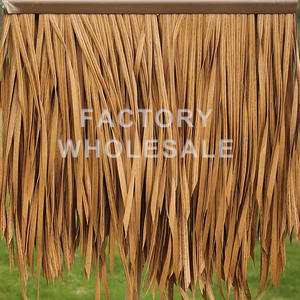Bali Thatch Roof: An Introduction
The Bali thatch roof is a distinctive and culturally rich roofing option that has gained popularity across various regions. This traditional roofing material is known for its natural aesthetics and durability, making it a sought-after choice for structures seeking a tropical or exotic ambiance. Bali thatch is not only used for residential properties but also for commercial spaces, especially in the hospitality industry, where creating an authentic and inviting environment is key.
Types and Materials
Balinese roof thatching is primarily made from Alang-Alang grass, known for its robust and weather-resistant properties. The material contributes to the longevity of the Bali hut thatching, which can last for years with proper maintenance. In addition to the natural grass, synthetic Bali thatch is also available, offering a more durable and often fire-retardant option for areas where this is a concern.
Construction and Design
The construction of a Bali hut grass roof involves meticulous craftsmanship. The thatching process ensures that each layer is placed to provide optimum insulation and water resistance. The design flexibility of Bali thatch allows for various styles, including the traditional Balinese thatched gazebo, which adds an element of elegance to any setting. For those seeking a more permanent solution, Bali hut shingle roof options are also available, combining the aesthetic of thatch with the durability of shingles.
Applications and Uses
From thatch Bali hut installations in tropical resorts to backyard gazebos, the application of Bali thatch roofing is diverse. The natural insulation properties of the thatch make it suitable for a range of climates, providing a cool space in summer and warmth during cooler months. Bali hut rethatching services are also a significant aspect of the product lifecycle, ensuring that existing structures can be maintained and restored to their original beauty.
Advantages of Bali Thatch Roofing
Opting for a Bali thatch roof comes with several advantages. The material is sustainable and eco-friendly, often sourced from renewable resources. Its natural insulation properties contribute to energy efficiency, and the aesthetic appeal can enhance the overall value and attractiveness of a property. Moreover, the versatility of thatch allows it to be adapted to various architectural styles, from modern to traditional.
Maintenance and Care
Maintaining a Bali hut roofing is essential for its longevity. Regular inspections and timely rethatching Bali huts can prevent long-term damage and ensure the roof remains weatherproof and visually appealing. While natural thatch may require more frequent maintenance, synthetic options offer a low-maintenance alternative without compromising on the traditional look.











































 浙公网安备 33010002000092号
浙公网安备 33010002000092号 浙B2-20120091-4
浙B2-20120091-4